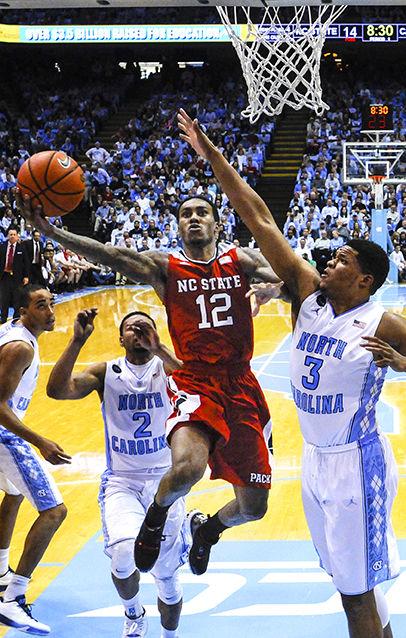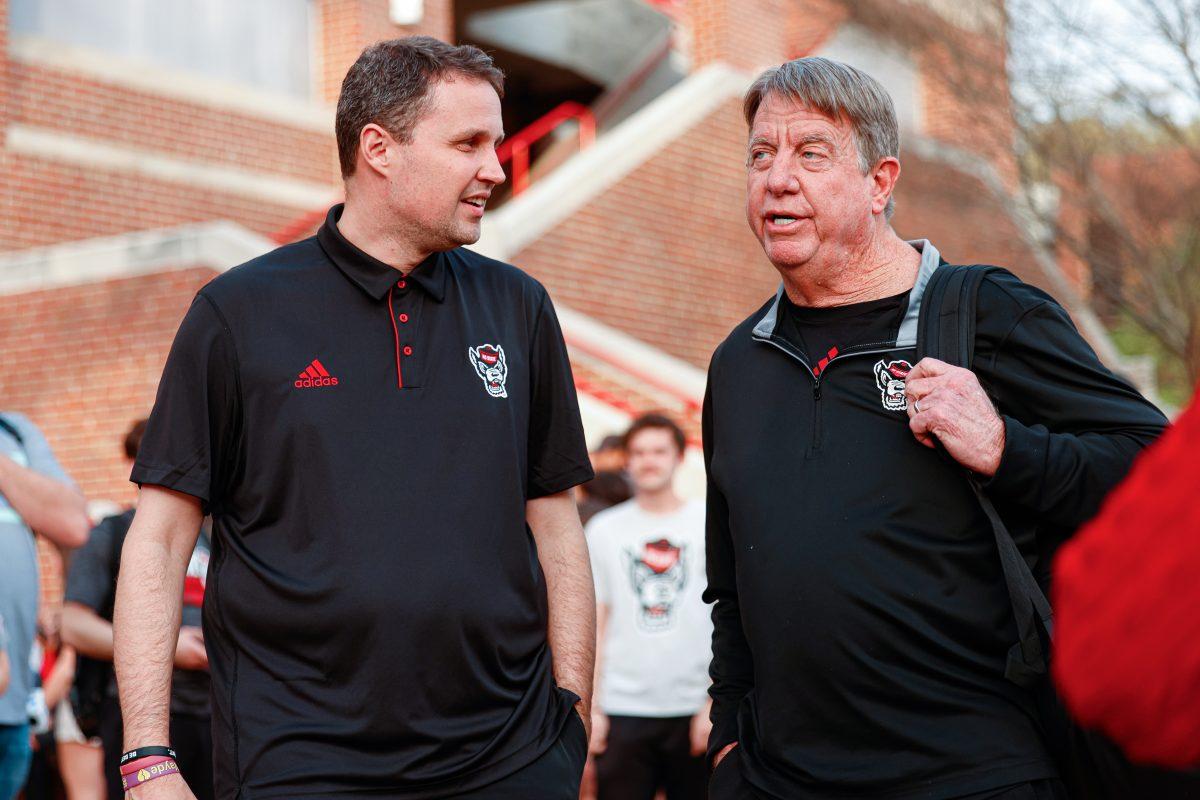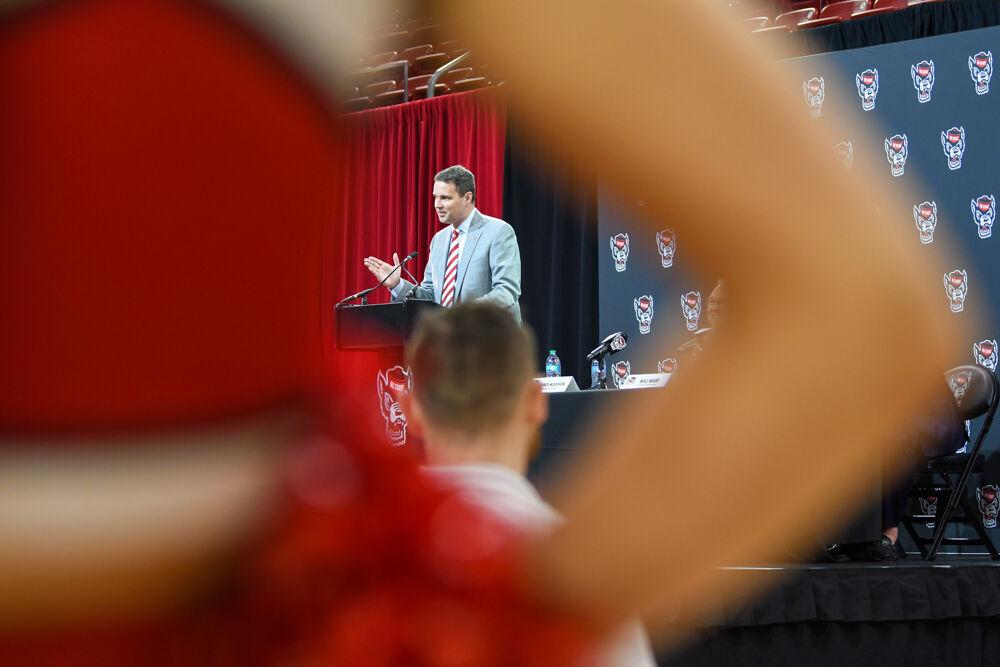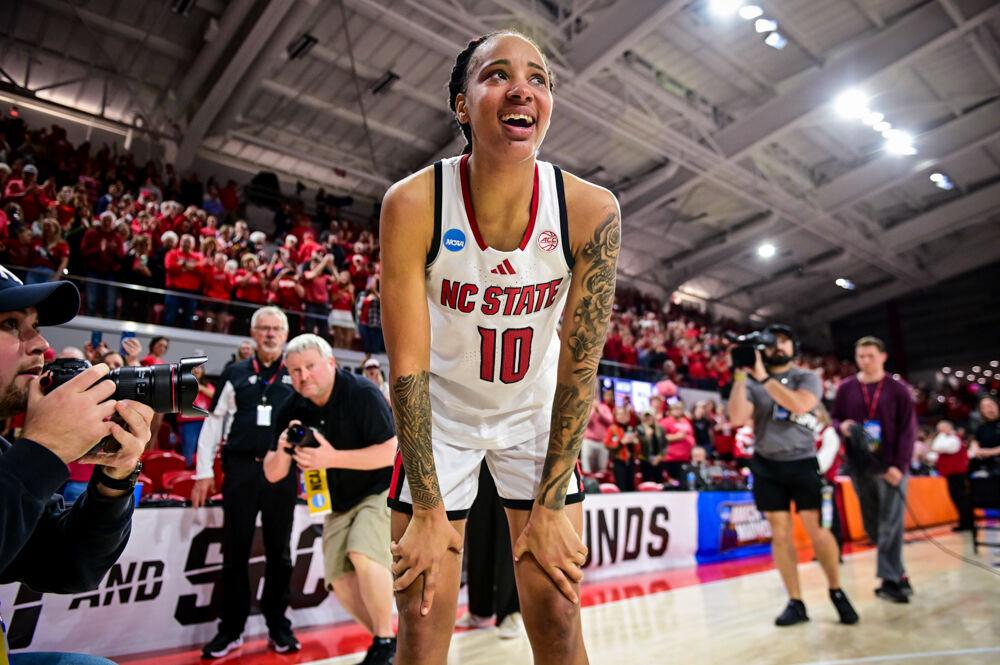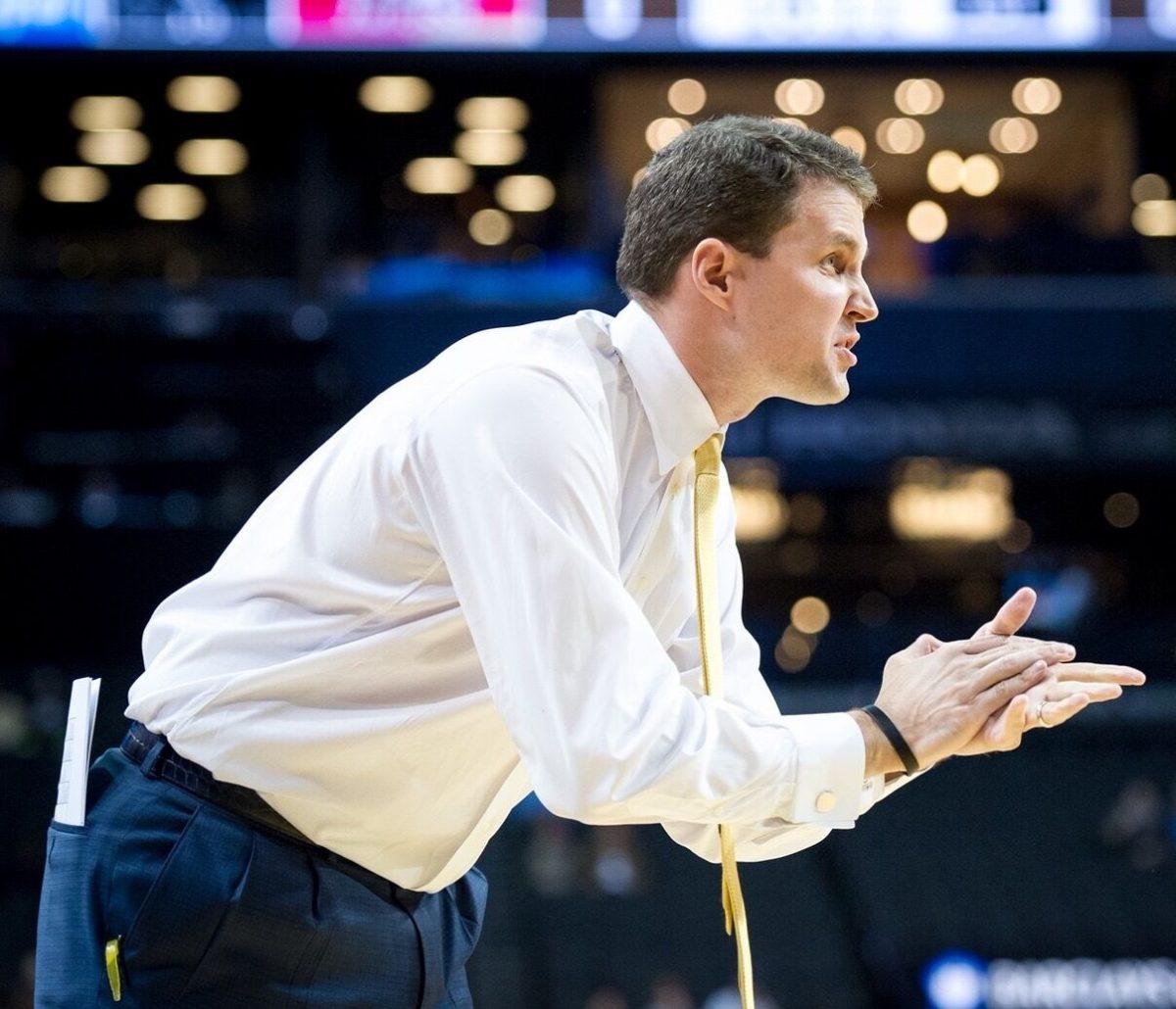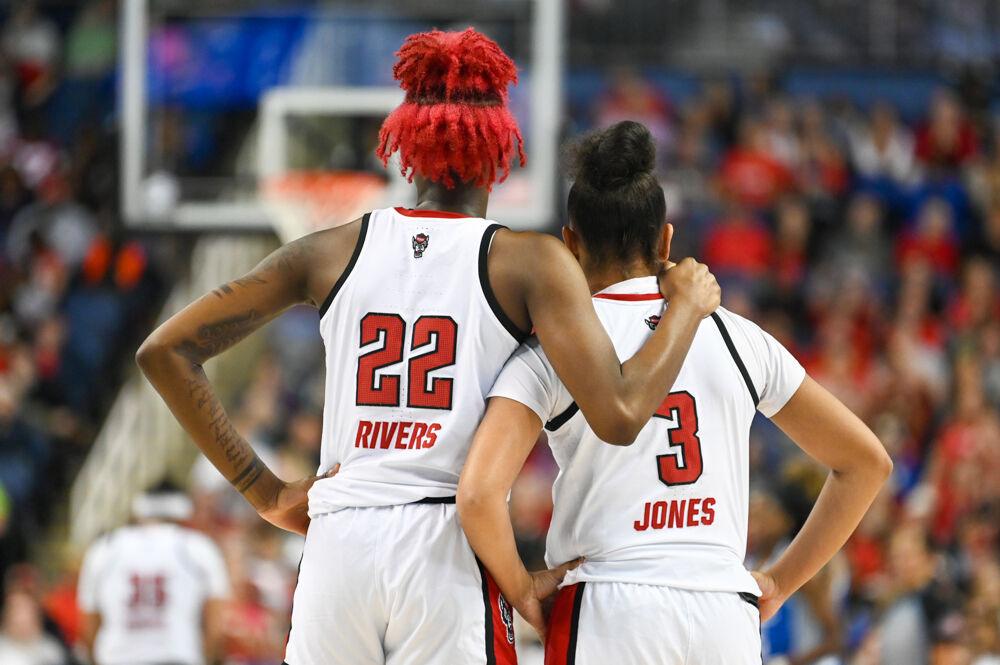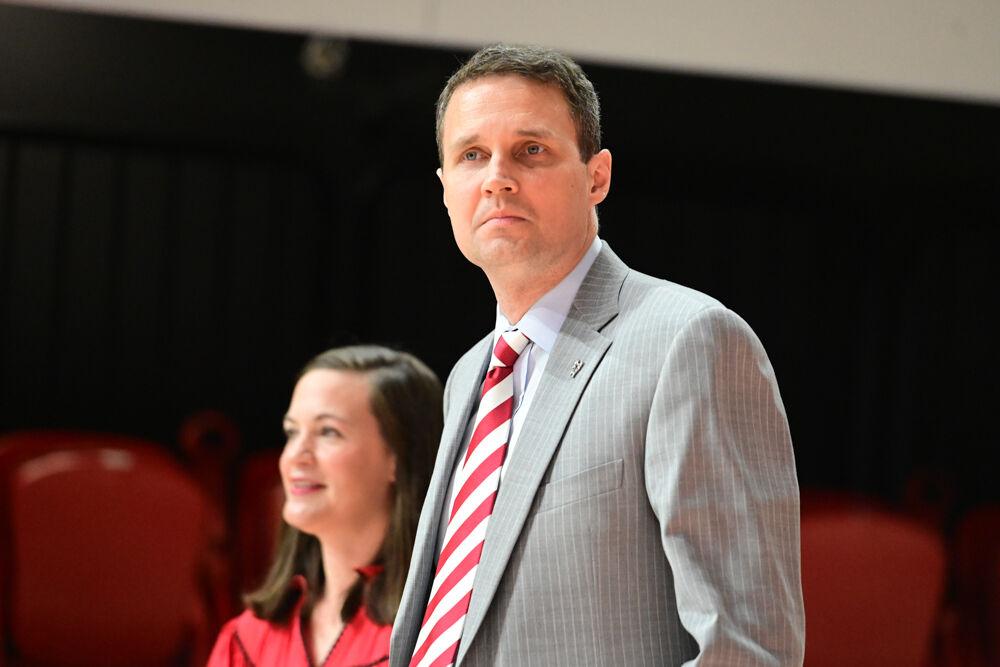With winter now in full swing, each of the ACC’s 15 basketball programs has entered conference play and has at least a pair of games under its respective belt.
Just four teams remain unbeaten in conference play (North Carolina, Duke, Pittsburgh and Miami) while four are winless (Boston College, Florida State, NC State and Syracuse). However, none of these teams has played more than four ACC games yet, so plenty of time remains to carve out the pecking order of what is likely college basketball’s highest powered conference.
With that in mind, let’s explore a question that remains very much up in the air: Who is the ACC’s best team right now? The polls seem to think it’s No. 5 North Carolina (15-2, 4-0 ACC), but a closer look shows that the answer is not so cut-and-dry.
Surprisingly, it has been No. 8 Miami (13-1, 2-0), a team that opened the season unranked, that has been the most balanced on both sides of the ball. Led by senior guard Sheldon McClellan, the Hurricanes have been highly efficient this season at the offensive end, ranking among the country’s top 10 in two-point percentage and free throw shooting.
Despite cooling off dramatically from behind the arc in its two ACC games — 18.4 percent compared to 37.2 on the season — Miami has managed 13-point victories in both games through stout defense, forcing turnovers on nearly one of four possessions and holding opponents to an effective field goal percentage of 37.6, ranking first in the conference by an impressive five-point margin.
The Hurricanes have not skated by against weak competition either, with wins over Utah, Butler, Florida and ACC opponents Syracuse and Florida State. Their lone loss came on a buzzer-beater to Northeastern.
The ACC team with the most offensive firepower is likely North Carolina, who ranks first in the country in adjusted efficiency despite playing six games without Marcus Paige. The senior point guard is averaging 15.1 points and 4.1 assists while turning the ball over on just 6.9 percent of personal possessions, while the average for a point guard usually lies much closer to 20 or 25 percent.
The drivers of the Tar Heels offense are truly the post-players, however. Forwards Brice Johnson and Isaiah Hicks both excel at crashing the offensive glass and shoot 64 and 70 percent from the field, respectively. Putting these bigs at the free throw line does little to slow them down, as both shoot 80 percent from the stripe.
Johnson has been equally dominant at the other end, where he grabs rebounds at the seventh highest rate in the nation and totals a respectable 1.1 blocks per game. The junior center Kennedy Meeks is the stronger rim protector, with 1.3 blocks per game, and returned to action in the team’s most recent game after missing the previous seven.
As far as total quality wins, no team in the conference matches North Carolina currently, but losses to Texas and Northern Iowa, albeit on the road, do leave some room to doubt whether they are the class of the ACC.
The current frontrunner for the conference’s player of the year resides with the No. 9 Duke Blue Devils (14-2, 3-0). Grayson Allen’s 20.5 scoring average ranks second in the conference, but does little justice in delineating his overall contribution to the team; the sophomore guard is inarguably the source of energy and leadership for this very young Duke team.
Though Duke entered the season with as much talent as any team in the country, it has not shown itself to be a contender on the national scale yet. A 94-74 home win over Indiana was impressive, but neutral site losses to Kentucky and Utah were missed opportunities.
With three warm-up games against the ACC’s bottom-feeders, Duke will have to build its resume from here on out against what is perhaps the toughest remaining schedule in the country.
Earlier in the season, an argument could have been made that No. 13 Virginia (12-3, 1-2) was the team to beat, but losses to Virginia Tech and Georgia Tech have raised serious questions. You can’t forget that they do have the ACC’s most impressive win, an 86-75 drumming of No. 6 Villanova, but they have to build back up to that high following these recent losses.
No. 20 Pittsburgh (14-1, 3-0) and No. 21 Louisville (13-3, 2-1) also have a case to make, but they are clearly a tier below the aforementioned teams at this point.
Sorting through all of this, the favorite remains North Carolina. The Tar Heels simply run deeper and are more battle-tested than their fellow ACC rivals at this point. They’ve also shown more resiliency than the others, battling through injuries to significant contributors in Paige and Meeks.
What’s sure is that there is clearly a logjam at the top of the ACC and the ensuing bloodbath that will be conference play will undoubtedly prove entertaining.


